Home>Interior Design>A Gothic Revival Property That Is Anything But Ordinary


Interior Design
A Gothic Revival Property That Is Anything But Ordinary
Modified: February 7, 2024
Discover the extraordinary interior design of this Gothic revival property, where elegance and timeless charm come together in a captivating blend, leaving you spellbound. Unleash your creativity and transform your living space into a masterpiece with our expert tips and inspiration. Explore now!
(Many of the links in this article redirect to a specific reviewed product. Your purchase of these products through affiliate links helps to generate commission for Storables.com, at no extra cost. Learn more)
Introduction
Welcome to the magnificent world of Gothic revival design, where grandeur and mystery converge to create a captivating aesthetic. In the realm of interior design, Gothic revival properties have long been revered for their unique charm and exquisite craftsmanship. These architectural gems afford a glimpse into a bygone era of architectural innovation and romanticism.
With their ornate details, soaring ceilings, and intricate woodwork, Gothic revival properties are an invitation to step into a world of opulence and sophistication. Whether you’re an interior design enthusiast or simply appreciate the beauty of historical architecture, exploring the features of a Gothic revival property is sure to leave you in awe.
Originating in the 19th century as a reaction against the prevailing architectural styles of the time, Gothic revival design sought to revive the Gothic architecture of the Middle Ages. This movement was fueled by a desire to recapture the grandeur and elegance of the medieval period, with its towering cathedrals and ornate details.
Gothic revival architecture is characterized by its pointed arches, ribbed vaults, and elaborate tracery. These architectural elements are often combined with richly decorated facades, gargoyles, and stained glass windows, giving Gothic revival properties their distinct and captivating appearance.
However, it is not only the exterior of these properties that exudes charm. The interior of a Gothic revival property is equally awe-inspiring, with its intricate woodwork, elaborate ceiling moldings, and grand staircases. Each room is a work of art, carefully crafted to evoke a sense of grandeur and enchantment.
From the moment you step inside a Gothic revival property, you are transported to a different time and place. The atmosphere is imbued with a sense of mystery and drama, as if the walls themselves hold tales of centuries past. Every corner and every detail tells a story, adding to the allure of these extraordinary spaces.
Whether it’s the sweeping staircase that takes center stage in the entryway or the beautifully carved fireplace mantels that adorn the living areas, the interior of a Gothic revival property is a showcase of craftsmanship and attention to detail. These properties were designed to impress and delight, and they continue to do so to this day.
In the following sections, we will delve deeper into the historical background, architecture and design, interior features, exterior features, renovations and restorations, as well as the current ownership and use of Gothic revival properties. Join us on this journey through time and beauty as we explore the extraordinary world of Gothic revival design.
Key Takeaways:
- Step into the captivating world of Gothic revival design, where ornate details, soaring arches, and intricate woodwork transport you to a bygone era of opulence and sophistication.
- Gothic revival properties are not just buildings; they are living testaments to human creativity, evoking emotions, awakening the imagination, and inspiring awe and admiration for their timeless elegance.
Historical Background
The Gothic revival movement emerged in the late 18th century as a reaction against the dominant architectural styles of the time, such as Neoclassicism. During this period, there was a growing interest in the medieval era and a desire to revive the architectural grandeur and craftsmanship of that time.
Inspired by the soaring proportions and intricate details of Gothic cathedrals and castles, architects and designers began to incorporate Gothic elements into their work. This architectural movement gained momentum in the 19th century as industrialization and urbanization transformed cities, and a yearning for a connection to the past took hold.
One of the key figures in popularizing Gothic revival design was the renowned architect Augustus Pugin. His influential book, “Contrasts” published in 1836, advocated for the revival of Gothic architecture as a response to what he saw as the soullessness of modern design.
As Gothic revival gained popularity, it became the preferred style for many public buildings, churches, and country estates. The movement spread across Europe and the United States, with each region infusing its own unique interpretations into the architectural style.
In England, the Gothic revival movement reached its peak during the Victorian era, thanks to the passion of architect Sir George Gilbert Scott. His designs, such as the iconic St. Pancras railway station in London, showcased the elaborate details and grandeur of the Gothic style.
In the United States, Gothic revival design found favor among the wealthy elite who sought to emulate the grandeur of European architecture. Notable examples include the Biltmore Estate in North Carolina and the Breakers mansion in Rhode Island, both of which feature stunning Gothic revival elements.
The Gothic revival movement continued to evolve throughout the 19th and early 20th centuries, eventually giving way to other architectural styles. However, its influence can still be felt today in the form of preserved Gothic revival properties and the ongoing appreciation for this unique architectural style.
Today, Gothic revival properties are valued not only for their historical significance but also for their distinctive aesthetic and timeless appeal. They serve as reminders of a time when craftsmanship and attention to detail were paramount, and they continue to inspire awe and admiration in those fortunate enough to experience them.
Architecture and Design
Gothic revival architecture is characterized by its intricate details, pointed arches, and vertical emphasis. This architectural style sought to recreate the grandeur and elegance of the medieval Gothic period, with its soaring cathedrals and ornate facades.
One of the defining features of Gothic revival architecture is the pointed arch. This arch shape, which is inspired by the arches found in Gothic cathedrals, lends a sense of height and verticality to the buildings. It is often used in doorways, windows, and vaulted ceilings, creating an illusion of reaching towards the heavens.
In addition to the pointed arch, Gothic revival properties also feature other distinctive elements such as ribbed vaults and elaborate tracery. Ribbed vaults, which are created by intersecting masonry arches, not only provide structural support but also add visual interest to the ceilings. Elaborate tracery, typically found in stained glass windows, showcases intricate patterns and designs that allow filtered light to create a mesmerizing play of colors within the space.
The facades of Gothic revival properties are often characterized by their richly decorated surfaces. Intricate carvings, gargoyles, and quatrefoil motifs can be found adorning the exteriors, adding a level of detail and craftsmanship that is unparalleled. These decorative elements serve not only an aesthetic purpose but also harken back to the symbolism and storytelling of the original Gothic architecture.
When it comes to the interior design of Gothic revival properties, attention to detail is key. Intricate woodwork, such as elaborately carved paneling and moldings, is a hallmark of this style. It adds depth and texture to the walls, while also showcasing the craftsmanship of the era.
Grand staircases are another iconic feature of Gothic revival properties. These impressive structures, often made of richly stained wood, curve gracefully and lead visitors upwards, providing a sense of drama and anticipation as one explores the property. The detailed balustrades and newel posts further enhance the grandeur of these architectural elements.
Throughout the interior, one can expect to find soaring ceilings with exposed wooden beams and decorative ceiling moldings. These elements add a sense of height and create a visual impact in the space. Large, arched windows are also common in Gothic revival properties, allowing ample natural light to flood the rooms and highlighting the stunning architectural details.
Overall, Gothic revival architecture and design are a celebration of beauty, craftsmanship, and the power of architectural storytelling. Every element, from the pointed arches to the intricate carvings, works together to create a truly awe-inspiring experience for those who have the privilege to step inside a Gothic revival property.
Interior Features
Inside a Gothic revival property, you will find a plethora of captivating interior features that evoke a sense of grandeur and charm. Every room is thoughtfully designed and adorned with exquisite details, making it a true delight for those who appreciate architectural beauty.
One of the most striking interior features of a Gothic revival property is its ornate woodwork. Elaborately carved paneling, intricate moldings, and decorative friezes can be found throughout the space, adding a touch of elegance and sophistication. The level of craftsmanship displayed in these woodwork details is truly remarkable, showcasing the dedication and skill of the artisans who created them.
Furthermore, the ceilings of a Gothic revival property are a sight to behold. High and adorned with intricate patterns, exposed wooden beams, and detailed moldings, they create a sense of spaciousness and visual interest. The ceiling designs often follow the principles of Gothic architecture, featuring vaulted or ribbed ceilings that add depth and drama to the rooms.
Gothic revival properties also boast large and majestic fireplaces, serving as the focal point of many living areas. These fireplaces are often made of stone or marble, intricately carved with ornamental motifs that reflect the Gothic style. They not only provide warmth and coziness but also add a touch of grandeur to the space.
The grand staircase is another iconic feature that can be found in many Gothic revival properties. These winding staircases, often made of polished wood and adorned with decorative balustrades, are a testament to the architectural sophistication of the era. They create a dramatic entrance and serve as a visual centerpiece, inviting exploration and discovery.
Gothic revival properties typically feature spacious and light-filled rooms, thanks to the large arched windows that are a hallmark of this architectural style. The windows are often adorned with stained glass, showcasing intricate designs and vibrant colors. The filtered light that passes through these stained glass windows creates a mesmerizing play of colors, adding a magical touch to the interior space.
When it comes to the furniture in a Gothic revival property, it often reflects the elegance and intricacy of the overall design. Antique pieces, often made of richly stained wood and featuring intricate carvings, are a common sight. Chairs, sofas, and tables are adorned with ornamental details, showcasing the craftsmanship of the period.
Overall, the interior features of a Gothic revival property exude a sense of timeless elegance and charm. From the ornate woodwork to the soaring ceilings, every element is meticulously designed to create a space that is both visually captivating and unforgettable.
When renovating a Gothic revival property, focus on preserving and restoring original architectural details such as pointed arches, stained glass windows, and intricate woodwork to maintain its unique character and charm.
Exterior Features
The exterior of a Gothic revival property is a true feast for the eyes, with its intricate details, soaring spires, and ornate facades. Every element has been carefully designed to create a harmonious and captivating visual experience, making these properties stand out as architectural masterpieces.
One of the most notable features of a Gothic revival property is its pointed arches. These arches, reminiscent of the soaring arches found in medieval cathedrals, are a defining characteristic of the style. Whether adorning windows, doorways, or even the roofline, these arches create a sense of verticality and add a touch of elegance to the exterior design.
The facades of Gothic revival properties are often adorned with intricate carvings and ornamentation. Gargoyles, often perched on cornices or jutting out from the roofline, lend a touch of drama and a hint of mystery to the property. Quatrefoil motifs, showcasing delicate tracery and geometric patterns, can be found on walls, doorways, and even in window designs, adding a sense of refined beauty.
Another characteristic feature of the exterior of Gothic revival properties is the use of decorative spires and pinnacles. These towering elements create a sense of verticality and draw the eye upwards, adding a touch of grandeur to the property. Often made of stone or metal, these spires and pinnacles serve as architectural focal points, making Gothic revival properties instantly recognizable.
Gothic revival properties are also known for their use of stained glass windows. These windows feature intricate patterns and designs, ranging from delicate florals to elaborate scenes. The vibrant colors of the stained glass create a mesmerizing display of light and shadow, adding a touch of magic to the exterior of the property.
The steeply pitched roofs of Gothic revival properties are another prominent feature. These roofs, often made of slate or metal, give the property a sense of drama and height. They are typically adorned with decorative dormer windows and ornamental finials, further enhancing the architectural beauty of the property.
Lastly, the use of stone as the primary material for Gothic revival exteriors adds a sense of durability and timelessness to the property. Whether it’s limestone, sandstone, or granite, the rich textures and earthy colors of the stone evoke a sense of solidity and permanence, further enhancing the aesthetic appeal.
Overall, the exterior features of a Gothic revival property are a sight to behold. The combination of pointed arches, elaborate carvings, soaring spires, and colorful stained glass creates a visual spectacle that captivates the imagination and stands as a testament to the architectural prowess of the era.
Renovations and Restorations
Over the years, many Gothic revival properties have undergone renovations and restorations to preserve their historical significance and ensure their longevity for future generations to enjoy. These projects are a delicate balance between honoring the original design and integrating modern amenities and functionality.
One of the main focuses during renovations and restorations is the preservation of the architectural features that define Gothic revival properties. This includes restoring ornate woodwork, repairing intricate carvings, and preserving stained glass windows. Skilled craftsmen and restoration experts work diligently to ensure that the original beauty and craftsmanship are maintained.
In some cases, extensive research and documentation are carried out to understand the original design and construction techniques used in the property. This information helps guide the restoration process and ensures that any additions or modifications are in line with the style and character of the Gothic revival architecture.
When it comes to modernization, great care is taken to seamlessly integrate contemporary amenities without compromising the historical integrity of the property. For example, electrical and plumbing systems are discreetly installed, ensuring that they do not disrupt the original design or compromise the structural integrity.
Renovations may also include updating the interior spaces to meet the functional needs of modern life. The layout of rooms may be modified to create more open and flexible living spaces, while still preserving the grandeur and architectural features that make the property unique.
Restorations and renovations also involve addressing any structural issues or damages that may have occurred over time. This could include repairing and reinforcing foundations, roofs, or other areas of the property to ensure its stability and longevity.
Furthermore, during the renovation process, considerations are made to improve energy efficiency and sustainability without detracting from the historical character of the property. This may include the installation of eco-friendly heating and cooling systems, insulation, and energy-efficient lighting.
Ultimately, the goal of renovations and restorations is to breathe new life into Gothic revival properties while preserving their historical significance and architectural beauty. These projects honor the rich heritage of these properties and ensure that they can be enjoyed by future generations, continuing to inspire awe and admiration for years to come.
Current Ownership and Use
Gothic revival properties are highly sought after by individuals and organizations who appreciate their historical significance and unique architectural beauty. Their distinctive design and captivating features make them coveted properties for homeowners, businesses, and even cultural institutions.
Many Gothic revival properties are privately owned by individuals who are passionate about preserving the heritage and beauty of these architectural treasures. These homeowners understand the value of these properties and take great pride in maintaining and showcasing their historical features. They often invest in meticulous restorations and renovations to ensure that the property retains its original charm while incorporating modern amenities.
In addition to private homeowners, some Gothic revival properties have been transformed into boutique hotels, luxury bed and breakfasts, or event venues. These properties provide a unique and enchanting setting for guests, allowing them to immerse themselves in the rich history and romantic ambiance of the era. The grand architecture, ornate details, and lavish interiors make for an unforgettable experience for visitors.
Furthermore, Gothic revival properties are sometimes acquired and preserved by cultural institutions, such as museums or historical societies. These institutions recognize the importance of these architectural gems in telling the story of a particular time period and architectural style. They often undertake extensive restorations and open the property to the public, allowing visitors to appreciate and learn from their historical and artistic significance.
In some cases, Gothic revival properties have been repurposed for educational or community use. They may be converted into schools, art galleries, or community centers, providing a unique and inspiring environment for learning and creativity.
There are also instances where Gothic revival properties are used as film locations or backdrops for television shows and period dramas. The architectural beauty and historical allure of these properties make them ideal settings for capturing the essence of a particular time period on camera.
Regardless of their current ownership or use, Gothic revival properties continue to captivate and inspire all who have the pleasure of experiencing them. They stand as a testament to the architectural ingenuity and artistic achievements of the past, offering a glimpse into a bygone era of grandeur, elegance, and craftsmanship.
Conclusion
The world of Gothic revival design is a captivating and enchanting realm that showcases the grandeur and allure of the past. These architectural gems, with their ornate details, soaring arches, and intricate woodwork, continue to mesmerize and inspire us today.
From the historical background to the architecture and design, interior and exterior features, as well as renovations and restorations, we have delved into the captivating world of Gothic revival properties. These properties represent not only a reverence for the past but also a celebration of craftsmanship, attention to detail, and timeless elegance.
Whether privately owned, repurposed for contemporary uses, or preserved by cultural institutions, Gothic revival properties continue to be cherished for their historical significance and unmatched aesthetic appeal. They are spaces that evoke a sense of mystery, drama, and romance, transporting us to a different time and place.
Exploring a Gothic revival property allows us to immerse ourselves in the intricate storytelling of architecture. Every carved panel, stained glass window, and pointed arch tells a tale of the artisans who crafted them and the era that inspired their creation. It is a testament to the power of design to evoke emotions, awaken the imagination, and create environments that transcend time.
As we conclude our journey through the fascinating world of Gothic revival design, let us not forget the lasting impact these architectural treasures have had on our sense of beauty, history, and culture. They serve as a reminder of the immense talent and artistry that have shaped our built environment over centuries.
Whether you are an interior design enthusiast, a lover of history, or simply someone who appreciates the beauty of architectural craftsmanship, Gothic revival properties offer a unique and unforgettable experience. They are not just buildings; they are living testaments to human creativity and the enduring allure of an aesthetic that continues to inspire awe and admiration.
So, next time you encounter a Gothic revival property, take a moment to pause, soak in its beauty, and allow yourself to be transported to a world of opulence and enchantment. It is a journey well worth taking, a journey that reveals the remarkable marriage of art, history, and design that defines the essence of Gothic revival.
Frequently Asked Questions about A Gothic Revival Property That Is Anything But Ordinary
Was this page helpful?
At Storables.com, we guarantee accurate and reliable information. Our content, validated by Expert Board Contributors, is crafted following stringent Editorial Policies. We're committed to providing you with well-researched, expert-backed insights for all your informational needs.





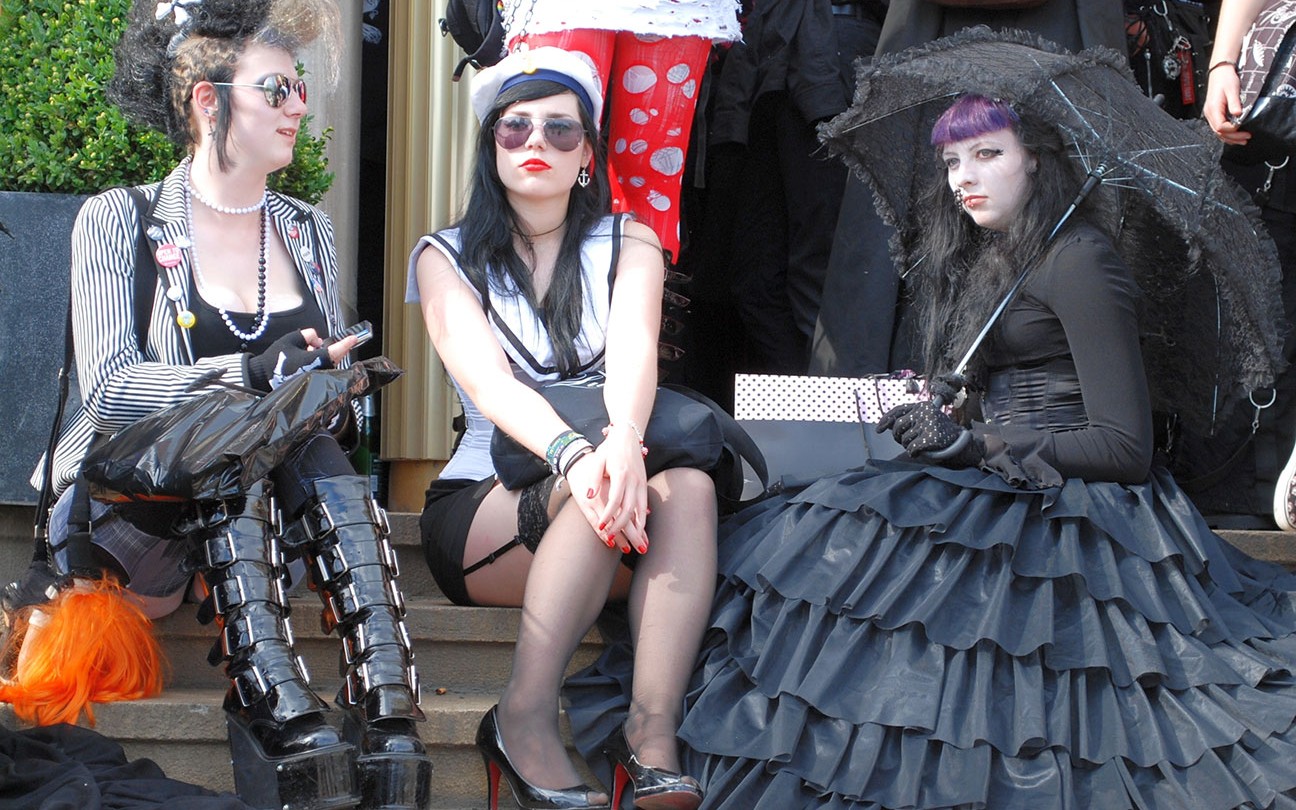
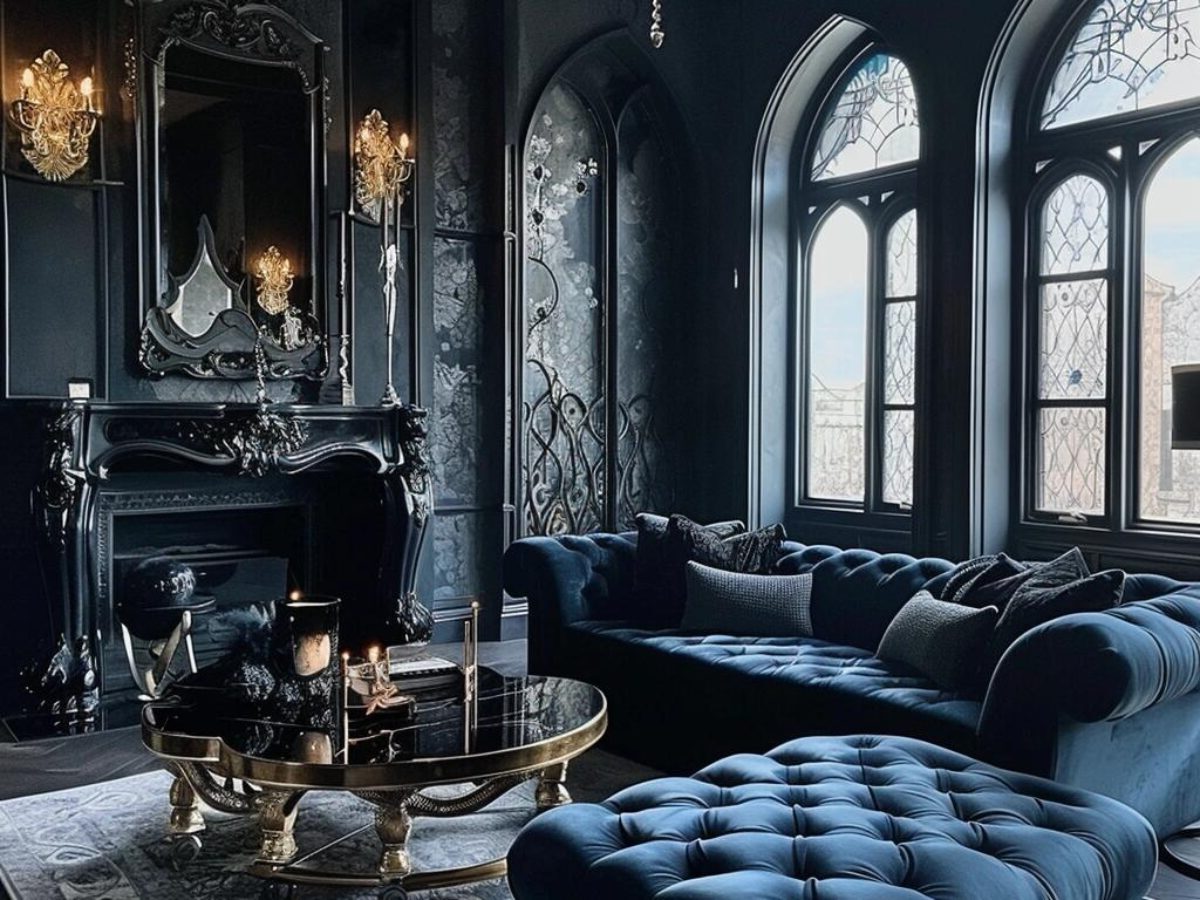

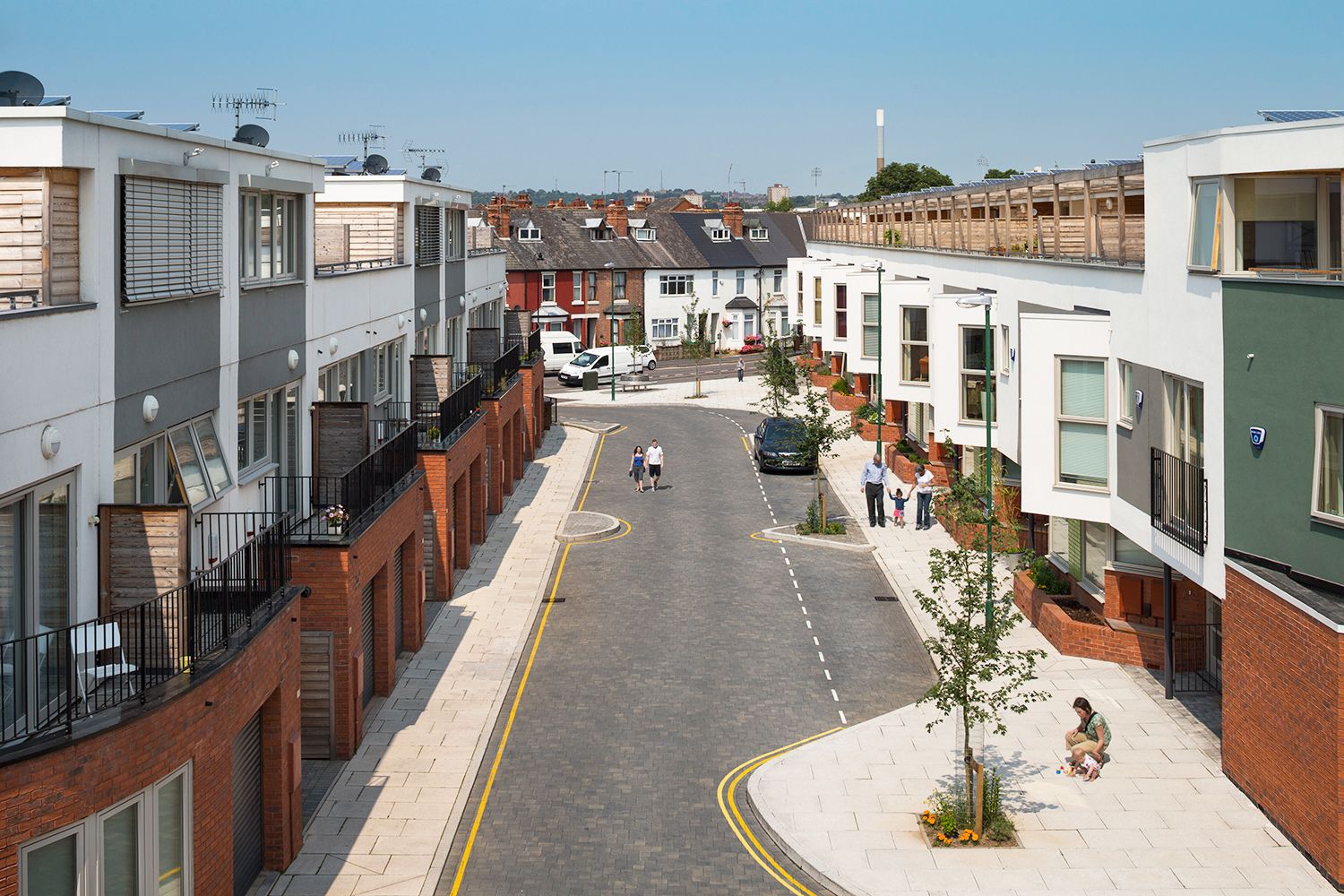

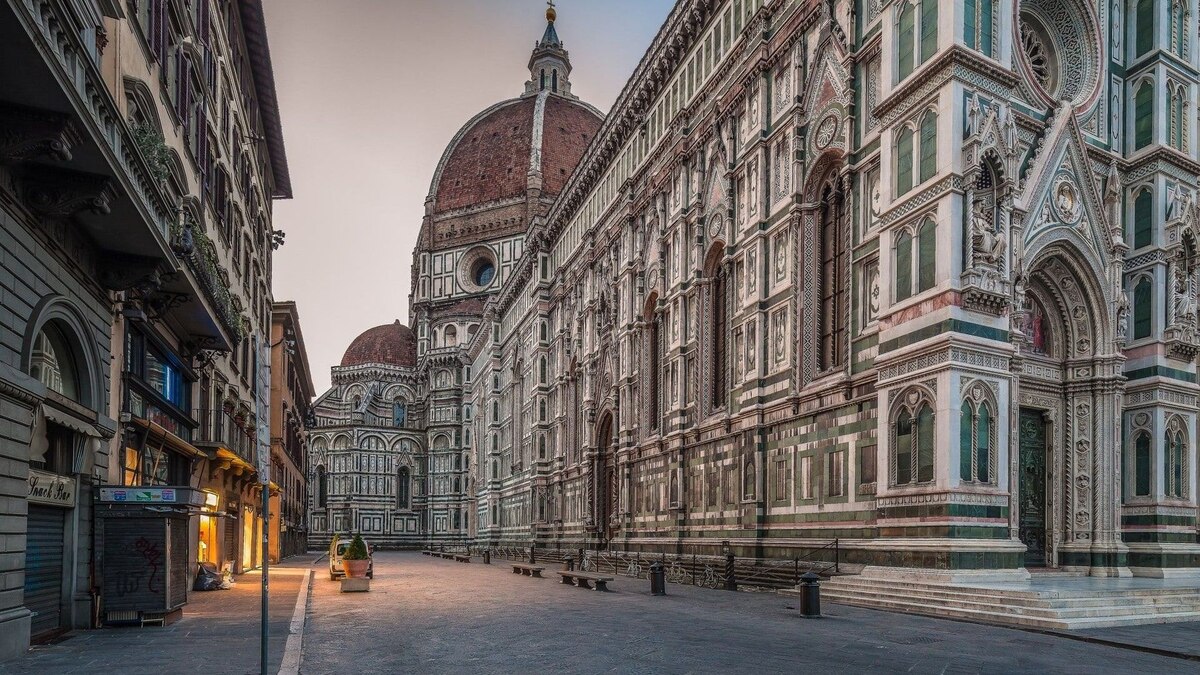
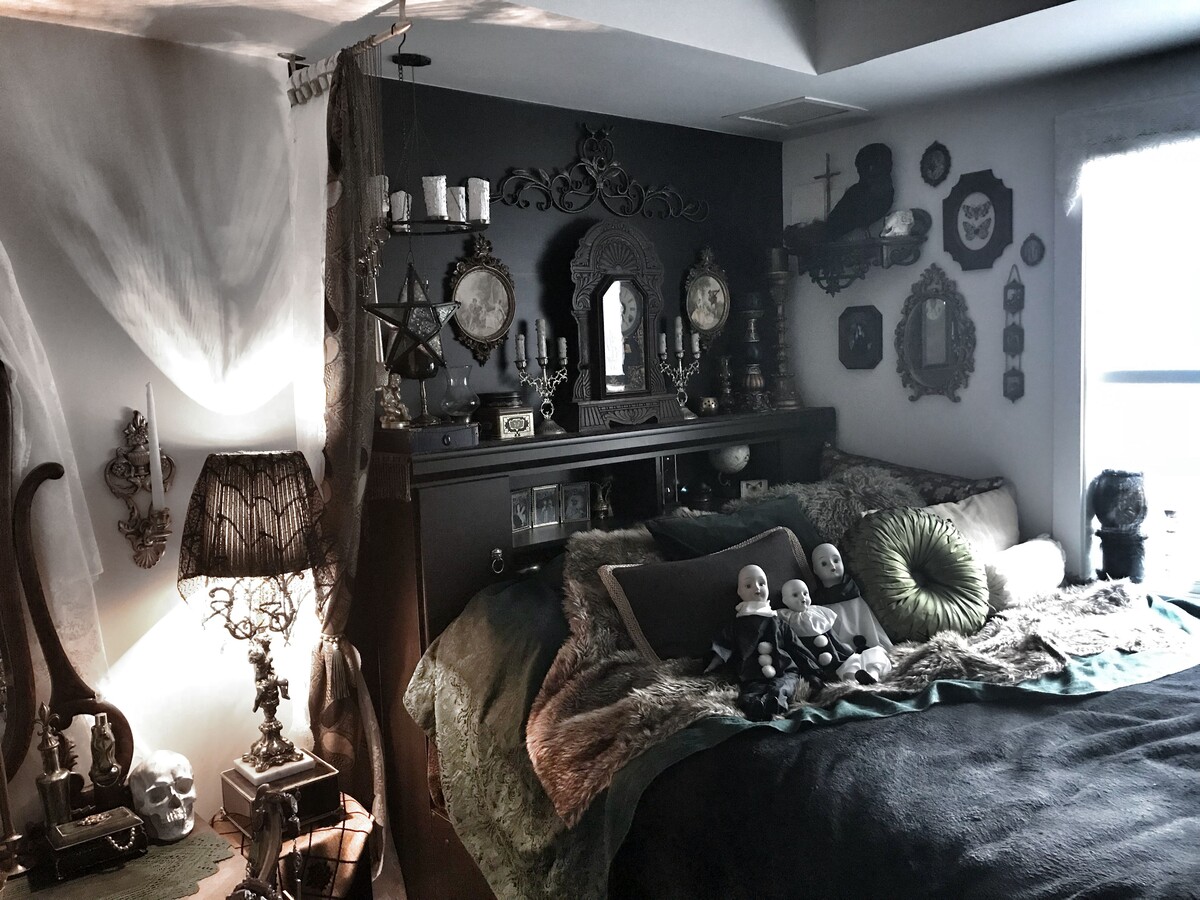
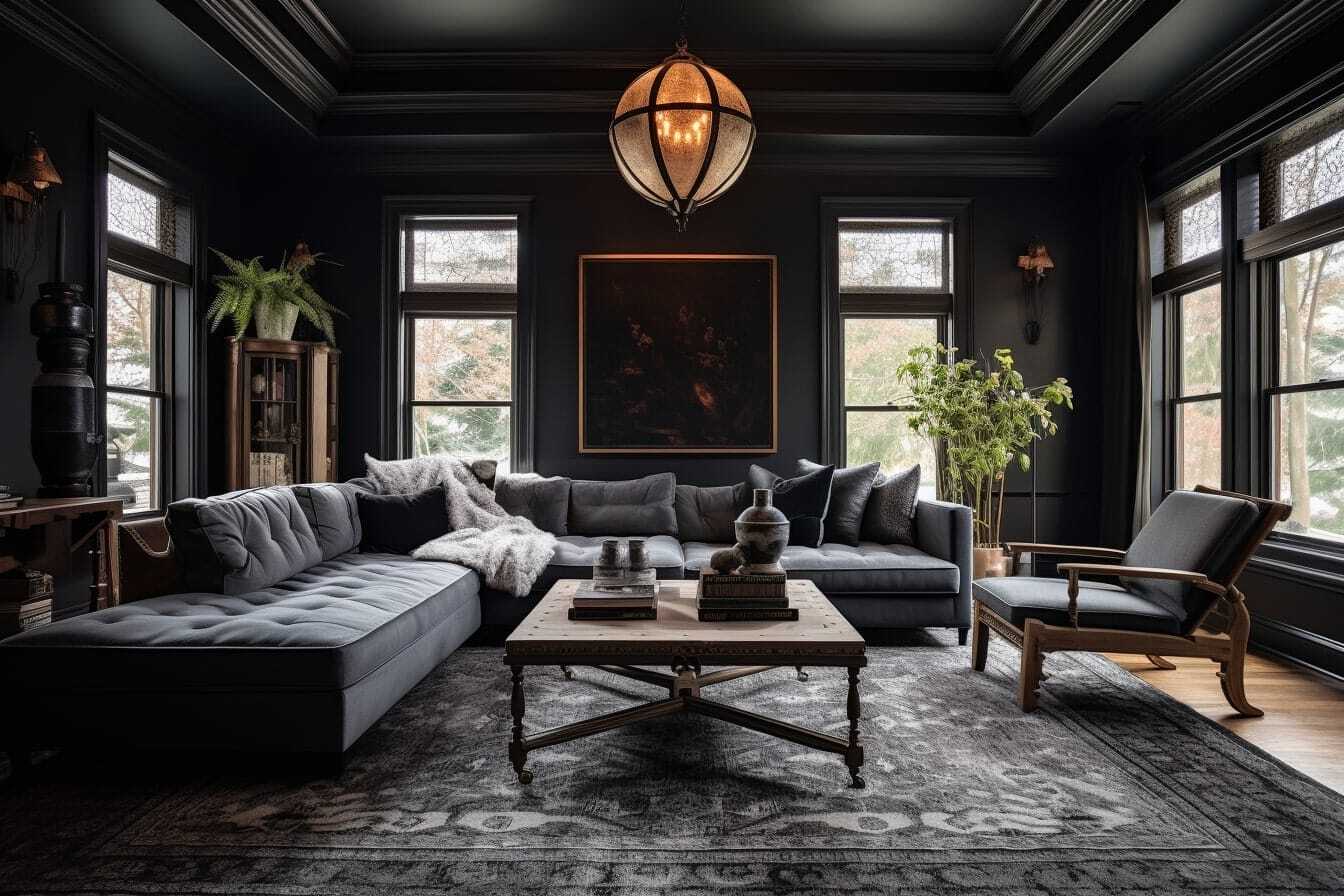
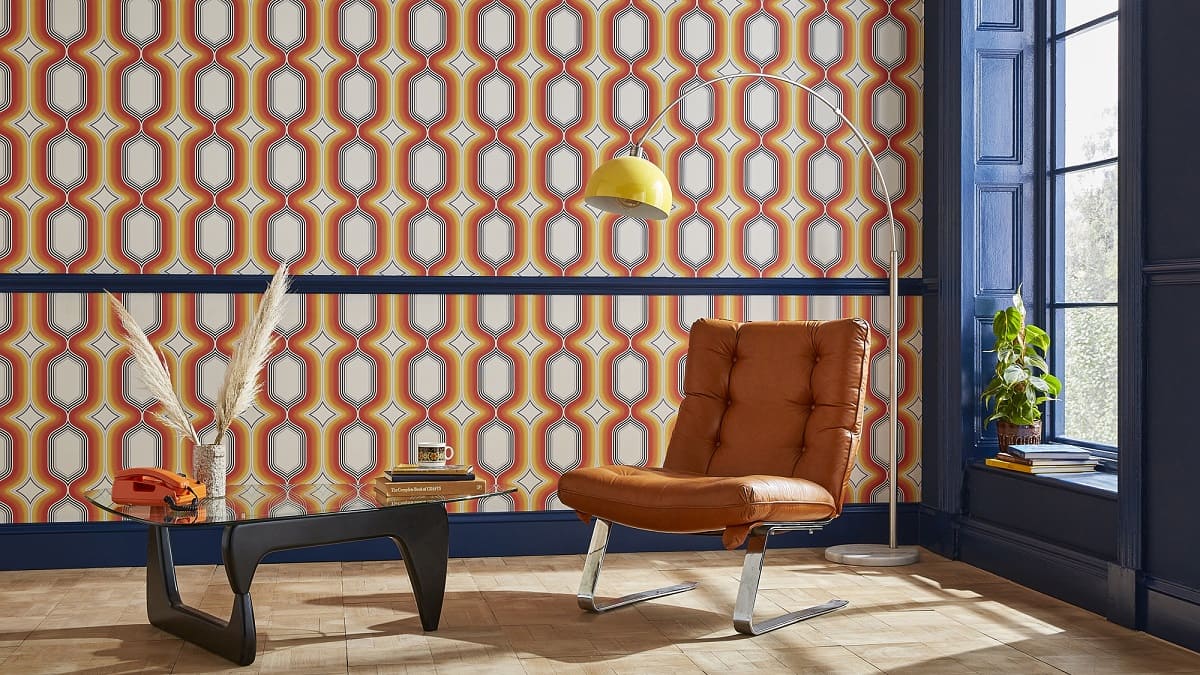

0 thoughts on “A Gothic Revival Property That Is Anything But Ordinary”